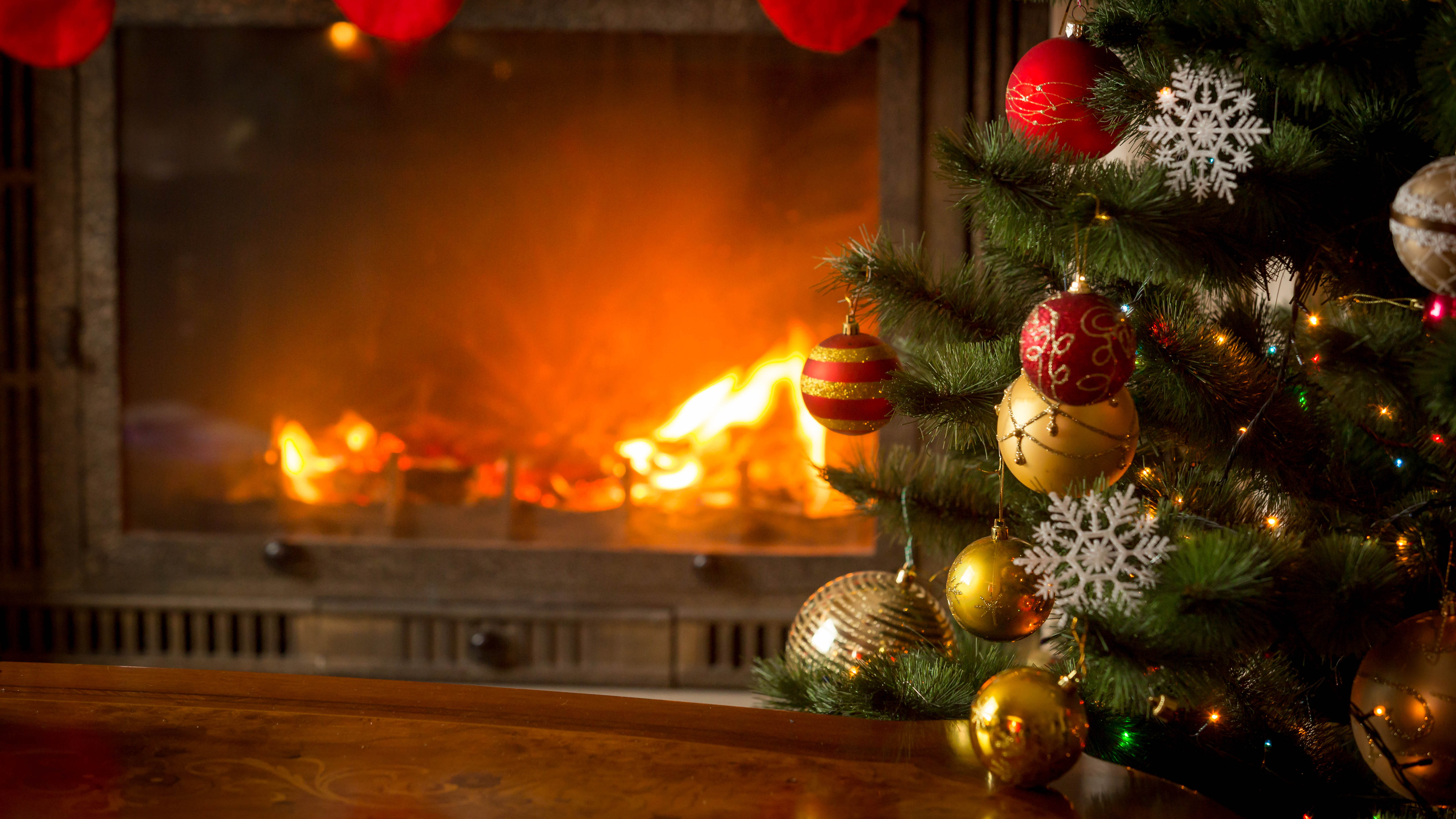
There’s nothing like the enjoyment of choosing and taking home a real Christmas tree to decorate your home over the festive season. And despite my children now being in their 20s, it still holds a certain magic within my household that can’t be replaced with a faux tree.
However, if you don’t take good care of your real Christmas tree, it can wilt and look less than sparky when the big day arrives, when you want it to look at its best.
To keep your real Christmas tree looking fresh for longer and extend its life, we called on the expertise of David Johnson, technical and category manager at The Underfloor Heating Store. He shares 5 common mistakes to avoid to prevent your real tree from wilting before the New Year.
1. Getting the temperature right

While you might be turning up the heat to keep your home toasty during the winter, a real Christmas tree will appreciate the thermostat being turned down. “Maintaining the right temperature is crucial if you want your tree to last in the lead up to and after Christmas Day,” says Johnson. I recommend keeping your home between 64-72°F. Any hotter or colder, your tree will likely dry out faster and start losing its needles.”
Investing in one of the best smart thermostats is one way to keep the temperature just right in the room that hosts your real Christmas tree, while the temperature can be set at different levels in other rooms.
2. Choosing the right room

Where you position your real tree will also impact its freshness and longevity. Johnson says, “To keep your tree looking its best, position it in a room away from the direct blast of your heating sources.”
That instantly makes me think of a Christmas tree beside a blazing real fire. Although it may sound and look idyllic, according to Johnson, it won’t do your tree any favors.
“Try to avoid rooms with radiators or fireplaces emitting high heat levels, as this will accelerate the drying process. Although a popular spot for trees, we tend to spend a lot of time in living rooms, which are often the most heated in the home,” he adds.
Some rooms should be avoided altogether, such as the kitchen, which Johnson says is too hot with steam from cooking and heat from ovens. Although you wouldn’t necessarily opt to position your Christmas tree in a kitchen, unless you have an open-plan kitchen and living area, you’d be advised to keep it away from the heat of the cooking appliances.
As an alternative, Johnson says, “Opt for a cooler spot like entryways, hallways, or dining rooms, if available. If, however, you can’t resist the allure of a crackling fire, make sure to keep your tree at a safe distance.”
3. Give your tree a twirl

We all enjoy a bit of sunshine, especially in the gloomy winter months, but your real tree will benefit from a bit of shade now and again. “If your tree is near a window or exposed to direct sunlight, it’s a good idea to rotate it regularly to ensure an even distribution of sunlight and heat exposure,” says Johnson. “This will prevent one side from getting too much sunlight, meaning it will grow more uniformly and is less likely to dry out on just one side."
He suggests enlisting the help of your household and giving your tree a gentle spin every few days. Apart from protecting your tree, you’ll also gain the benefit of enjoying decorations that have been out of sight!
4. Use an air humidifier

A humidifier can help to balance the moisture level in your home and help your tree last longer. “The right humidity levels can significantly prolong your tree’s freshness,” says Johnson.
Using a humidifier can also be especially helpful if you have central heating that tends to dry the air. If used over the festive period, it will prevent the air from drying out and keep your tree fresh.
Every little helps, with Johnson adding, “A little extra moisture will go a long way in keeping your tree looking its best.”
5. Hydrate your tree, but don’t drown it

We all enjoy a tipple at Christmas but less is more when it comes to your real tree. “It can be tempting to give it lots of water due to its size, but moderation is key,” says Johnson. “Instead of drenching the base, a consistent water level just below where the trunk has been cut is best. A well-hydrated tree will look luscious, but excess water can lead to root rot and compromise its freshness.”
To help extend your tree’s life, he suggests following one step once you get your tree home. “Trim the base of your tree before placing it in the stand. A fresh cut will expose the tree’s vascular system, allowing it to absorb water more efficiently.”
He also advises making the cut at a slight angle to maximize the surface area.







